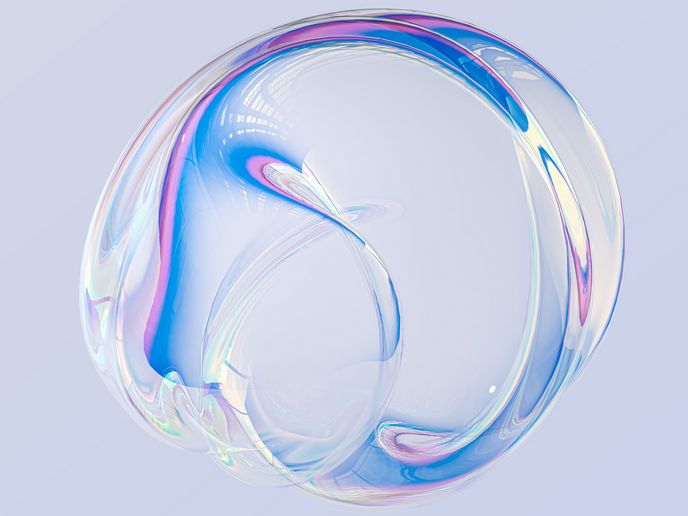Bringing some order to disorderly amorphous solids
What do windows, plastic bottles, rubber tyres, hard candy, and mayonnaise have in common? They’re all amorphous solids. “Unlike the well-organised crystalline solids, amorphous solids are a disorderly mess,” explains Francesco Zamponi, a physicist at the École Normale Supérieure – Paris. “They exhibit a wide array of anomalies, including low-frequency vibrational modes, their specific heat and thermal conductivity behave differently than crystals, they respond non-linearly to arbitrarily small strains, and they have highly cooperative dynamics.” Because these anomalies are poorly understood theoretically, amorphous solids are largely neglected in most standard physics textbooks. But with the support of the EU-funded GlassUniversality project, Zamponi is hoping to change this. “Our goal was to lay a ‘solid’ foundation about some key aspects of amorphous solids from which other research projects can build on,” he adds.
Introducing the Gardner transition
One of the theoretical proposals for establishing a universal explanation for all the anomalies associated with amorphous solids is based on the Gardner transition. Named after its discoverer physicist (Elisabeth Gardner), a pioneer of the statistical physics of disordered systems and of artificial intelligence, the concept describes a temperature or pressure induced transition where a disordered system (e.g. amorphous solids) organises itself into one among numerous marginally stable states. “We wanted to understand to what extent this phase transition controls the physics of glass at low temperatures,” says Zamponi. Using computer and numerical simulations, researchers set out to characterise the excitations and defects of different types of glass. Excitations and defects refer to the small thermal atomic motions around the reference disordered solid structure that control the low-temperature behaviour of the solid. “The marginal stability induced by the Gardner transition predicts that such motions will be both extended, spanning the whole solid sample, and strongly correlated, with the motion of the atom on one side reflecting the motion happening on the other,” remarks Zamponi.
Some unexpected discoveries
Was this in fact the case? What researchers discovered is that such Gardner-like excitations exist, but only for glasses that are close enough to the so-called jamming point – the point at which a mechanically stable network of atomic interaction first forms upon compression. “Not only was this unexpected, it was also challenging,” remarks Zamponi. “Because we did not expect Gardner-like excitations to disappear away from jamming, we had to develop new simulations to understand how these excitations localise and interact.” Researchers also found that when a glass is strongly compressed above the jamming point, which is the case for the type of glass used in most windows, the excitations become strongly localised in that they only involve the motion of a few atoms. This was the first direct observation and characterisation of such excitations, which are called tunnelling two-level systems and play a crucial role in glass physics, using a realistic computer model of glasses. Many of this European Research Council supported project’s findings have been published in the book Theory of simple glasses.
Opening the door to new fields of research
While the GlassUniversality project’s work has advanced our understanding of amorphous solids like glass, it also opened the door to research in other fields. Take for example proteins. Because proteins can be thought of as disordered solid machines capable of performing specific functions, many of the ideas coming from the GlassUniversality project can be applied to their study. “I think designing disordered materials that can perform specific functions is a very exciting direction for future research,” concludes Zamponi.
Keywords
GlassUniversality, crystalline solids, amorphous solids, computational models, numerical models, glass, physics, Gardner transition, proteins







